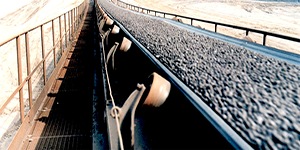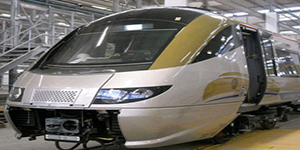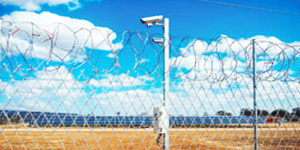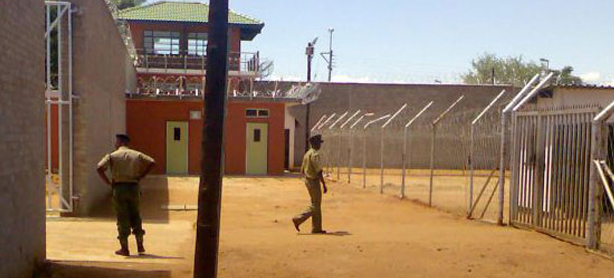
C3’s New Firefighting Solution Ups Conveyor Belt Safety
September 28, 2018
Pan-African Commercial Ventures (PACV) acquires majority stake in c3 shared services
January 7, 2020Heists, hits, hi-jackings and other forms of organised crime are carried out by criminals who are linked to a greater chain of crime syndicates.
A typical syndicate is well-resourced, highly-informed, and is a force to be reckoned with. In the future, the migration to digitisation and automation will give rise to unprecedented systems and software that could pose greater threats if placed in the hands of the wrong people. The question begs, will security intelligence be ready for the world of tomorrow?
The cinematic world portrays intelligent machines developed by man as integral to the villainous pursuit of world conquest and domination. But what was once far-fetched fantasy is rapidly becoming a reality. We currently find ourselves on the cusp of an era of digitisation, automation, and machine learning. Whether the thought of algorithms, artificial intelligence and the ‘internet of things’ haunts you (cue flashback of machine turning on its creator and embarking on a path of chaos and destruction), or sets your neurons firing with excitement, it’s only a matter of time before this new-age technology is part and parcel of our daily lives.
The criminals of the future will latch onto this new-found form of technology as a vehicle to disrupt and corrupt hi-tech security systems and personnel. If intelligence provided from within an institution were a way to compromise the first line of defence, then newly-developed technology could topple an entire system. While conventional intel may still play a part in gaining inside info, it won’t be the only form of it in the syndicates’ arsenals. Databases can provide syndicates with sensitive information about operations and locations so that they can intercept the next move. Gone are the days of reckless Stander-type heists – the syndicates of today employ tactics on the scale of hi-tech military strategy, and they mastermind well-organised skirmishes. But this, compounded by elaborate intelligent software and devices, means a greater risk of security breaches.
What capabilities are needed to combat security threats of the future?
In South Africa, an intricate web of organised crime syndicates is on a crusade to raid the coffers of national conglomerates and key points, global corporations, private institutions and people trying to make an honest living.
It is no longer just about having the technology to detect a breach – it is about having preventative measures in place to both identify a legitimate threat and to pre-empt a potential breach. This can be achieved by employing multiple intelligent defence solutions, streamlined from a command and control centre.
Technology, such as Intelligent Video Analytics or IVA, has the ability to identify threat agents or scenarios, and to apply a discretionary response, based on vital data analytics, to manage the threat. Systems that recognise objects, detect behavioural patterns, and can apply a degree of discretion based on gathered data – essentially, a system that thinks for itself – will harness the full capabilities of eradicating threats. Although advancements on this scale will improve detection tremendously, this is only one aspect of a comprehensive security suite. A sound security system requires the effective functioning of all its parts, all while being monitored by a command and control centre.
It may be impossible to predict the future, but we can still be prepared for it.
The fundamentals of security are embedded in being proactive. However, a substantial amount of security measures in today’s world contradict this notion. Technology is often developed in response to criminal practices or their modus operandi, rather than proactively.
While it may be impossible to predict the future, we can pave the way for a seamless alignment of security requirements with technology. Furthermore, the technology required to outsmart the threats of tomorrow should be preventative in nature and, more importantly, should be at the forefront of innovation and at the pinnacle of all intelligence work.










